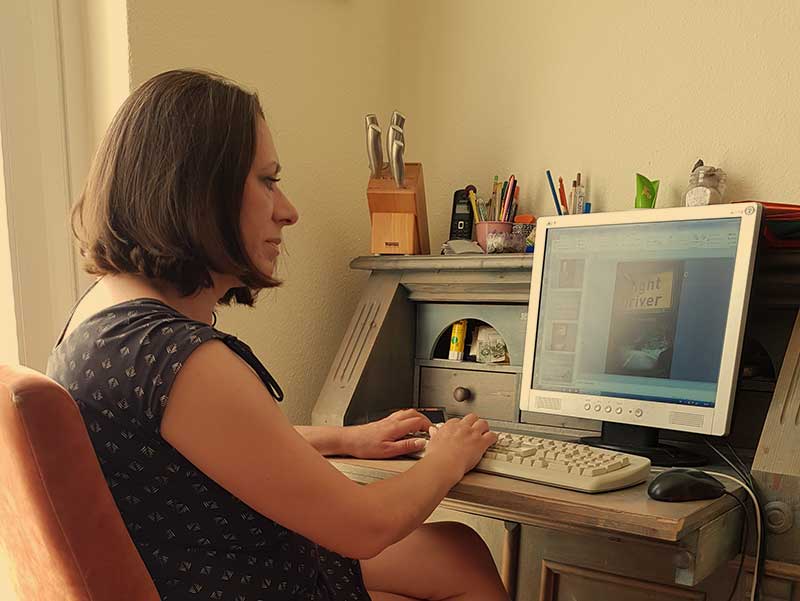Writing Night Driver — an interview with marcelle


“In Night Driver I made an everyday experience – driving – seem terrifying. At the same time the taboo activity of killing is normalised.”
Tell us about the core of Night Driver? Even the title suggests darkness and night and you’ve suggested that you are that terrified night driver. What led you to make this part of yourself into a fictional character in a book?
Ever since I was a child I used to gaze out of the window at night and imagine galloping on a horse under a moonlit sky. Being alone at night in the countryside inspires awe, but also a sense of dread. It’s this clash between romantic and dangerous that I wanted to explore in Night Driver. Imagine Tom’s Midnight Garden with a serial killer thrown in.
Like Frannie, I’m also a nervous driver and passed my driving test at the age of thirty-six when I was eight months pregnant. However, in almost every other respect Frannie is not like me. I’m brunette and sporty, she’s blonde and plump. I based her on a girl who stole my fiancé years ago; she was very solid and sure of herself, definitely not afraid of the dark. Part of me therefore disliked Frannie, and I am envious that she is braver than me. I never had the courage to night-drive like she does! When I first started writing the novel I had a six month old baby so I was close enough to my pregnancy to still be able to remember what it felt like to be heavily pregnant and taking driving lessons.


I use the ‘headlight’ method when writing a book, I know roughly the next few scenes ahead (like the way a car’s headlights will illuminate the strip of road ahead you are currently driving on). Frannie was surprisingly tough, I didn’t know whether she could keep on doing ‘one last drive’, but she does. The character Dorcas became much bigger than I anticipated, and she came incredibly intricate, there was only so much running that Frannie could do on her own. For a long time I wasn’t sure whether she would have her baby in the novel or not… It was also terrifying to think of how a murderer in the modern day would make a profit from killing. Today crime is a big business. Human trafficking is horrifying, but I didn’t invent it, actually it’s globally the fastest growing crime today. It’s an unfortunate reflection of contemporary life.
What feelings would you most like readers to take away from Night Driver?
In Night Driver I made an everyday experience – driving – seem terrifying. At the same time the taboo activity of killing is normalised. I wanted the reader to tap into how the characters feel, to know intimately how it is to be a killer and experience intensely Frannie’s fear.
